Josh66
Been spending a lot of time on here!
- Joined
- Oct 31, 2007
- Messages
- 14,593
- Reaction score
- 1,239
- Location
- Cedar Hill, Texas
- Can others edit my Photos
- Photos NOT OK to edit
See the sister thread, "...You need film for that".
(Probably should have named this one "...You need digital for that", so they would match...oh well. If a mod sees this - can it be fixed? If so, please do so. Thank you. )
)
What are some things that a digital camera can do that is just not possible with film?
I would think there would be a lot of things that a digital sensor can do that film can't, since the sensor can be made sensitive to any spectrum of light the desingers wish.
What are some of them?
(Probably should have named this one "...You need digital for that", so they would match...oh well. If a mod sees this - can it be fixed? If so, please do so. Thank you.
What are some things that a digital camera can do that is just not possible with film?
I would think there would be a lot of things that a digital sensor can do that film can't, since the sensor can be made sensitive to any spectrum of light the desingers wish.
What are some of them?
Last edited:


![[No title]](/data/xfmg/thumbnail/41/41930-3f8741ecabbbfd4d67ade3e339078814.jpg?1619739946)

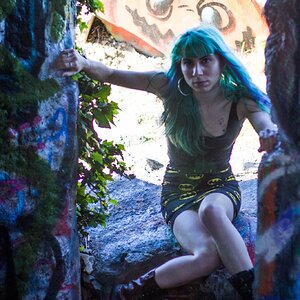
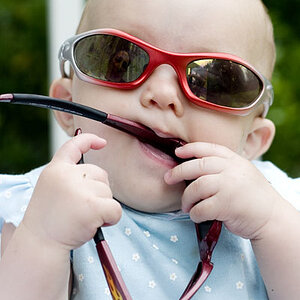
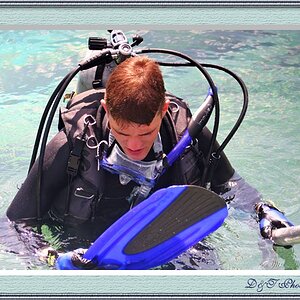
![[No title]](/data/xfmg/thumbnail/31/31038-84f0b9d14b7ced20e61bc19a9d4dfcc2.jpg?1619734581)
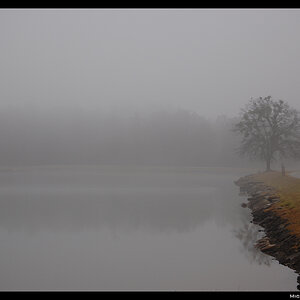
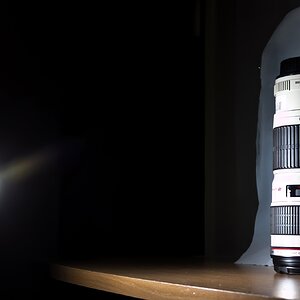


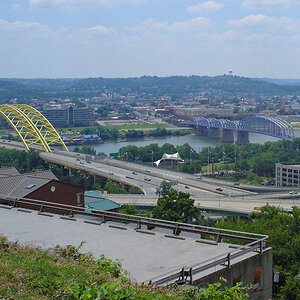
![[No title]](/data/xfmg/thumbnail/39/39225-99d579cd498f8f152a288d7e8e7ad2a4.jpg?1619738926)